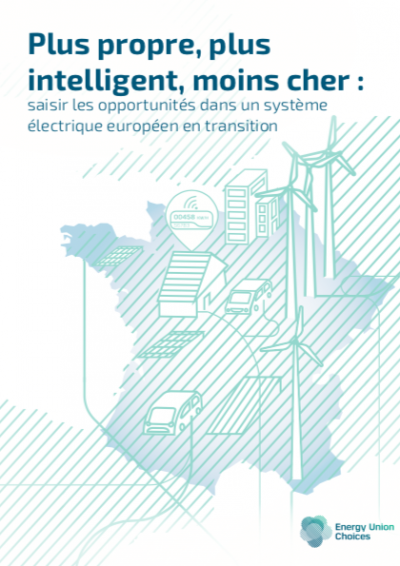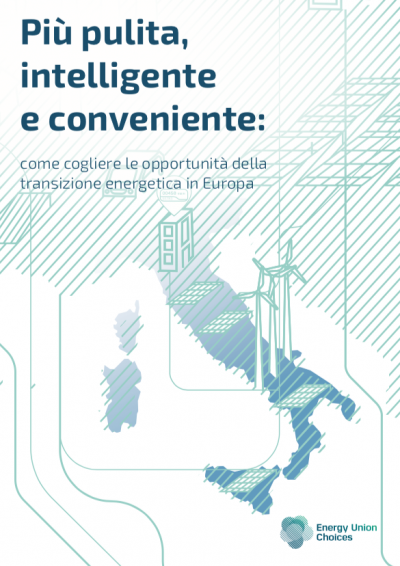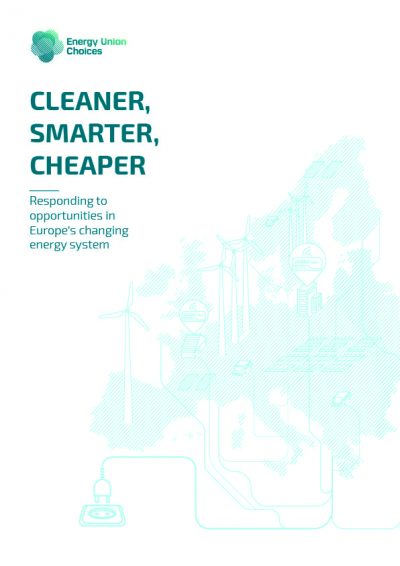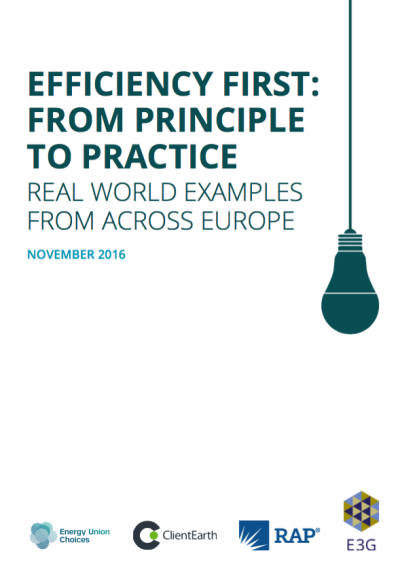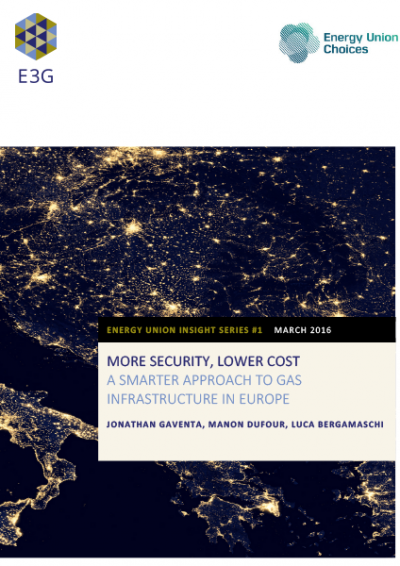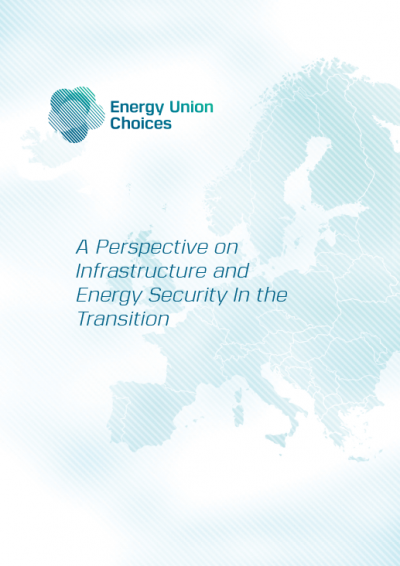

Our Reports

Plus propre, plus intelligent, moins cher: saisir les opportunités dans un système électrique européen en transition
This country deep-dive report in French provides a compilation of the major insights for France gained from the European modelling exercise conducted for the Cleaner Smarter Cheaper report and compares these with the latest scenario-based projections for the French power system provided in RTE’s Bilan Prévisionnel (BP)
The report finds that, as a result of the significant cost reductions for renewable energy and storage technologies, France can reduce its nuclear capacities without increasing its emissions and maintain current levels of electricity exports.
BY: Energy Union Choices - DATE: 19.06.2018
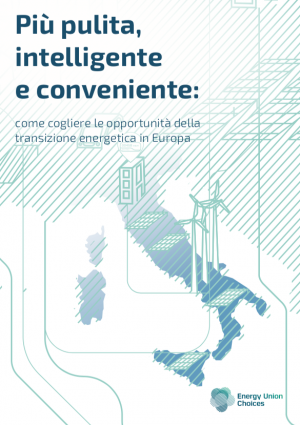
Più pulita, intelligente e conveniente: come cogliere le opportunità della transizione energetica in Europa
This country deep-dive report in Italian provides a compilation of the major insights for Italy gained from the European modelling exercise conducted for the Cleaner Smarter Cheaper report and compares these with Italy’s National Energy Strategy (Strategia Energetica Nazionale, SEN) adopted by the Italian Government in November 2017.
The report analyses the benefits for Italy of going beyond the Clean Energy Package current proposals and demonstrates that the Italian coal phase-out is feasible without any additional costs and without new gas capacity.
BY: Energy Union Choices - DATE: 30.05.2018
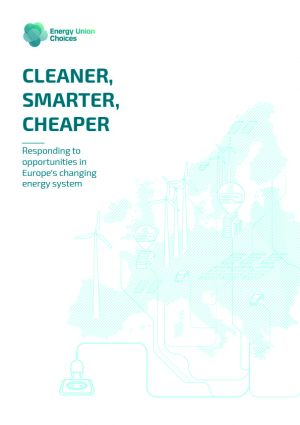
Cleaner, Smarter, Cheaper: Responding to opportunities in Europe’s changing energy system
At a time when EU policy makers are discussing the blueprint for Europe’s 2030 climate and energy framework, Europe’s energy sector is being shaken up by remarkable reductions in the cost of clean energy technologies, coupled with the emergence of new digital solutions and business models.
This new study, by a group of organisations from the Energy Union Choices consortium made use of state of the art modelling tools provided by Artelys to examine how these changes alter the outlook for Europe’s power sector transition by 2030 and finds that Europe can now aim for deeper emission reductions and higher renewables uptake (up to 61% RES-e), at a reduced cost. Provided at least it makes the right policy choices in the form of a smart retirement of coal capacity, and a step change in the activation of demand side flexibility.
BY: Energy Union Choices - DATE: 21.11.2017
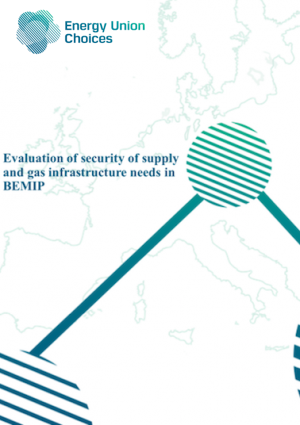
Evaluation of security of supply and gas infrastructure needs in BEMIP
An analysis of the security of supply and gas infrastructure needs in the Baltic Energy Market Interconnection Plan (BEMIP) region, conducted by Artelys and presented at a BEMIP regional gas group workshop on October 26.
BY: - DATE: 01.12.2016
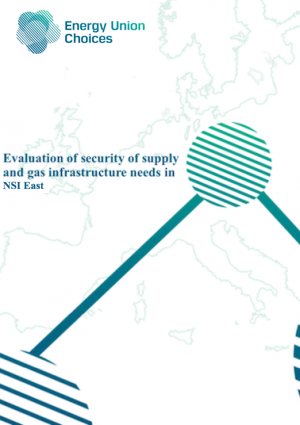
Evaluation of security of supply and gas infrastructure needs in NSI East
An analysis of the security of supply and gas infrastructure needs in the North South Energy Interconnections (NSI East) region, conducted by Artelys and presented at a NSI East regional gas group workshop on November 7.
BY: Energy Union Choices - DATE: 01.12.2016
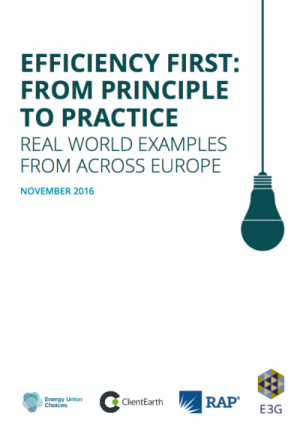
Efficiency First: From Principle to Practice with Real World Examples from Across Europe
The EU’s energy infrastructure faces numerous challenges over the next decades. It needs to be decarbonised whilst ensuring the competitiveness of EU industry, providing energy security, addressing energy poverty, and empowering consumers, who play a crucial part in the energy system of the future. Getting those choices right is key for ensuring a sustainable, fair, and affordable and secure energy future. “Efficiency First” delivers on all three.
A new report issued by RAP, E3G, and Client Earth translates the principle of Efficiency First into practice and asks: Is Efficiency First entirely new to Europe? How would applying the principle look in practice?
BY: Energy Union Choices - DATE: 14.11.2016
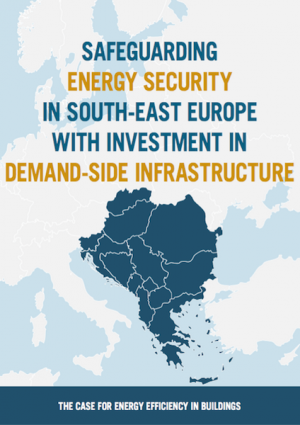
Safeguarding Energy Security in South-East Europe with Investment in Demand-Side Infrastructure
International developments over the past few years have intensified the energy challenges facing Central and Southern European countries.
The interruption of Russian gas supply via Ukraine, volatile global oil prices and divergent interests of State actors have renewed Europe’s concerns about its energy dependency.The report explores the vulnerability of the building sector to gas supply interruptions in specific countries of the region, through the prism of the Building stock Vulnerability Indicator (BVI). The BVI takes into account the size of gas consumption in the building sector, along with the dependence on imported gas and its routes diversity.
The analysis considers an alternative approach to gas supply investments and instead proposes an “efficiency first” solution: reducing gas demand through a dedicated building renovation programme. BPIE puts forward a set of recommendations covering risk assessment and preventive measures, guidance on investment opportunities as well as on developing future EU and MS level strategies.
BY: Energy Union Choices - DATE: 09.09.2016
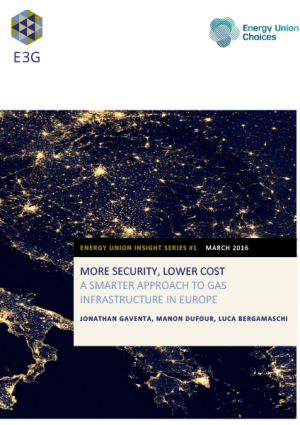
More Security, less money: A smarter approach togas infrastructure in Europe
The paper draws out the public interest and policy implications from the report and concludes that a new approach to gas infrastructure is needed to avoid stranded capacity and ensure taxpayer and consumer money is well spent.
BY: Energy Union Choices - DATE: 03.03.2016
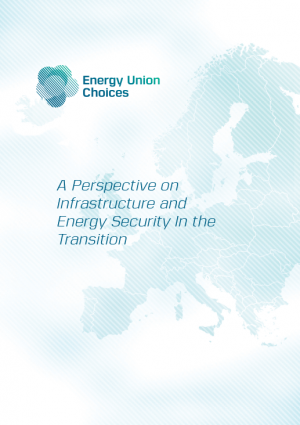
A Perspective on Infrastructure and EnergySecurity In the Transition:
Based on extensive technical analysis conducted by the Artelys, ElementEnergy and Climact, the study looks at which infrastructure investments are lowest risk and regret to ensure resilience throughout the transition, and whether an integrated view on infrastructure (gas, power, buildings) help meet security of supply challenges at a lower cost. It finds that, overall, the existing gas infrastructure in Europe is resilient to a wide range of demand projections and supply disruptions. In places where gas security of supply concerns do occur, the report finds that an integrated, regional approach that looks at gas, electricity and buildings together, can help meet these challenges at significantly lower
costs.
BY: Energy Union Choices - DATE: 03.03.2016
